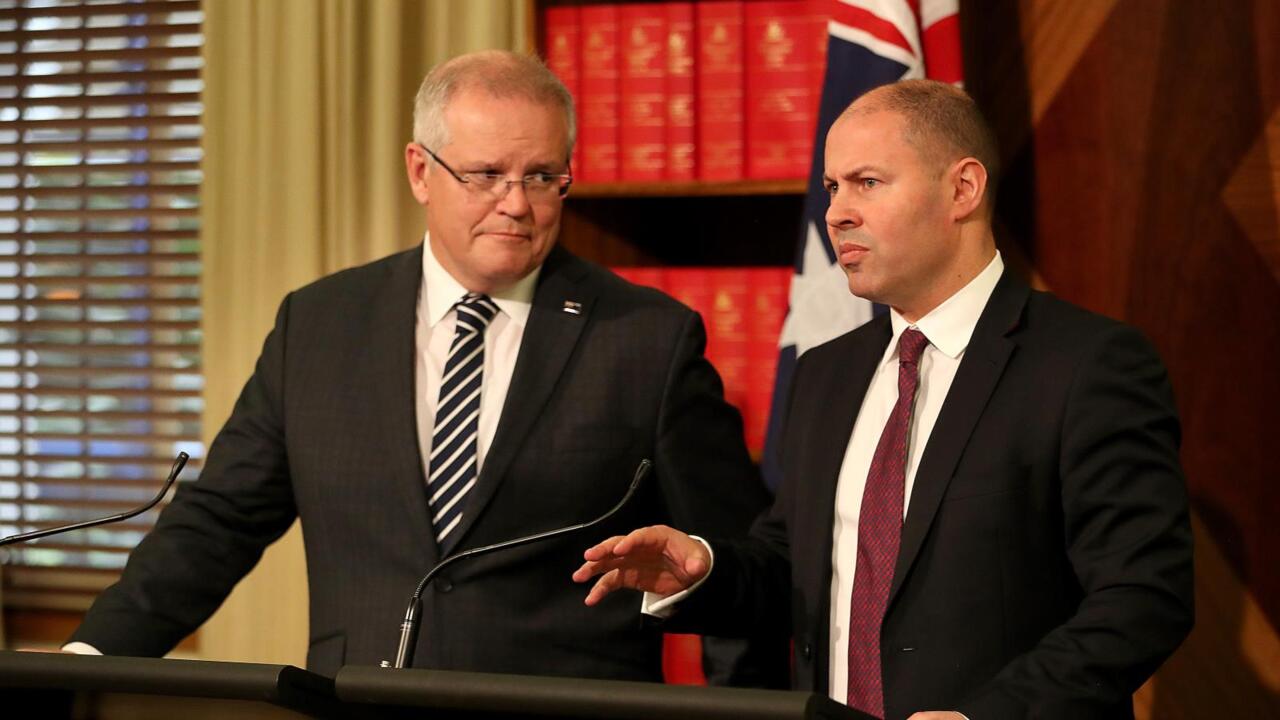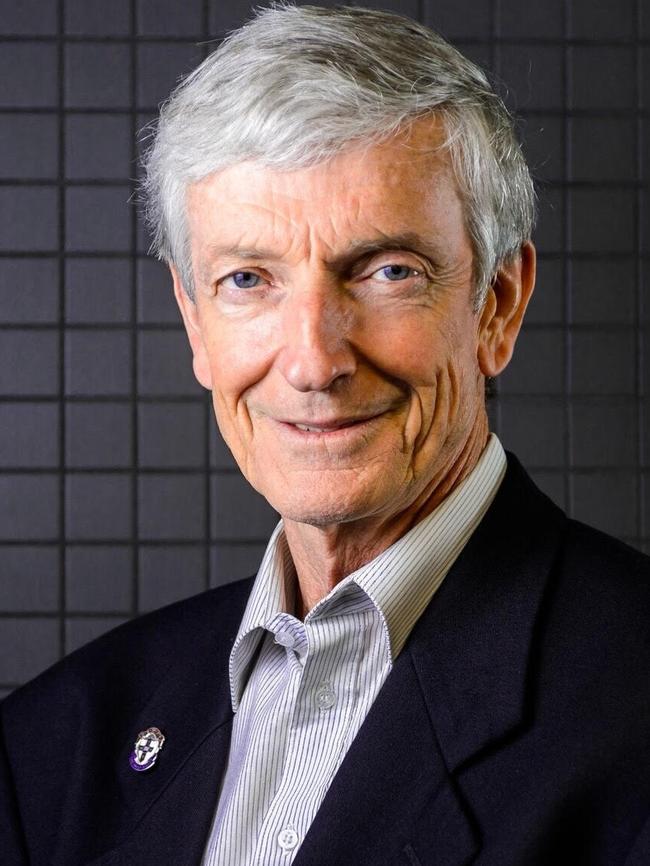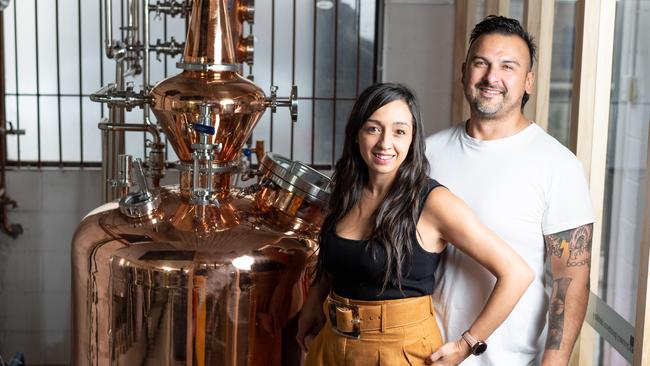Parramatta, Cumberland council ratepayers set for rise
Western Sydney residents struggling with the cost of living are going to be hit harder with more rate rises over the next financial year in a ‘painful’ move.

NSW
Don't miss out on the headlines from NSW. Followed categories will be added to My News.
Rosehill, North Rocks and Epping residents and businesses are expected to be the hardest hit among Parramatta council ratepayers when an “astronomical” 2.5 per cent increase rolls out in the next financial year.
Parramatta Council will apply to the State Government’s Independent Pricing and Regulatory Tribunal (IPART) for a 2.5 per cent rate increase — 1.8 per cent more than the 0.7 per cent rate peg — in an effort to generate an extra $2.84 million.
In March, the Office of Local Government said delayed council elections and the lower rate peg last year led to some councils “not having sufficient funds to pay for required infrastructure and services”.
Parramatta Our Local Community (OLC) councillor Michelle Garrard slammed the proposal, which she said would continue to hit more than 50 per cent of the community already grappling with the cost of living.
“We’re talking astronomical amounts,’’ she said.
Hypothetically, a family paying $3200 a year in rates would pay $3280 after a 2.5 per cent increase.
Within the Dundas ward’s 16,547 properties, Cr Garrard said 7696 shelled out more for rates over the past financial year.
Increases were rolled out as part of the “harmonisation” process, which adjusted rates from Parramatta, Hills and Hornsby councils to be more uniform following council amalgamations.
Cr Garrard said 19 households in the Dundas ward she represented were slugged an increase of between $800 and $1000, 34 ratepayers forked out up to $2000 more and seven paid more than $2000.
“To me any more than $50 is a lot of money,’’ she said.

She outlined how residents in the Dundas ward would suffer, including in the affluent enclave of Oatlands.
“One might say they’re the really wealthy people in Oatlands, potentially, but what we need to remember is that rate increases and harmonisations are of land values,’’ she said.
“And a lot of our aged pensioners have historically held their homes for a long time — and yes — they might be asset rich, but they’re not necessarily financially rich.’’
Rosehill residents are expected to continue incurring the most hefty rates. Cr Garrard said 16,142 ratepayers in the suburb received an increase up to $200 over the past financial year, 2067 paid up to $400 more and 559 residents forked out between $400 and $600 more over the period.
A total of 384 residents spent between $600 and $800 more while 63 dwellers paid up to $1000 more and 202 paid up to $2000 more.
Independent councillor Georgina Valjek said 84 per cent of the 15,000 ratepayers in the North Rocks ward received an increase and 10,000 of those paid an extra $200 a year.
A total 2365 paid increase of between $200 and $400, 152 received an increase of $400 and $600 and 103 ratepayers were slugged up to $2000 more a year.
“There is a rising cost in servicing our residents,’’ she said.
“However, I am confident that we can work together to find savings without the need to increase rates so close to the recent rate rise due to the harmonisation project.’’
However, Greens councillor Phil Bradley backed the rate rise despite residents doing it tough.
“When residents are having difficulty with this small increase — and there will be some — they are eligible to seek a hardship provision with respect to their inability to pay and come to some agreement with council around future payments,’’ he said.


Cr Bradley said “we need that extra money to provide services otherwise the community will suffer adverse impacts’’.
OLC councillors Garrard, Henry Green, Donna Wang and Dan Siviero, and independents Lorraine Wearne and Georgina Valjak, objected to the rate rise.
Phil Bradley (Greens), independent Kellie Darley and Labor’s Donna Davis, Sameer Pandey, Patricia Prociv, Paul Noack, Pierre Esber, Ange Humphries and Cameron Maclean supported the increase.
The plans will go on public exhibition and the council will have until June 21 to inform IPART of its decision before its implementation from July 1.
Oatlands ratepayers Dylan and Rachel Falecki, who pay about $500 per quarter, and also pay business rates at their North Rocks distillery, were sceptical about the rise.
“We’re happy to pay more rates if the council’s going to provide more services and infrastructure,’’ Mr Falecki said.

“If you just pay more because of the ‘Covid factor’ then that’s not fair because you can’t apply the Covid factor to every facet of life. Why are they jacking everything up?’’
Cumberland Council
Despite anticipating a $3.5 million surplus forecast for Cumberland Council next year, it will also increase its rates, by 1.2 per cent so it can receive an extra $1.35 million income.
On average, rates will rise 34 cents a week and $18 a year for households, and $99 annually for businesses. Residential rates will soar by $90 a year in five years’ time.
Ratepayers under the former Auburn council will go from paying $870 to $938, Holroyd from $1015 to $1019 and Parramatta from $937 to $955.
At a recent meeting, OLC’s Steve Christou labelled Labor councillors who supported the rate increase “reprehensible” and “grinches” for impacting residents in NSW’s poorest suburbs, such as South Granville and Guildford.
He slammed the new Labor council putting more focus on prayer time and anti-racism signs instead of fixing potholes.
But his critics hit back and reminded the ex-mayor that he drove a council-paid Mercedes and spent more than $1 million for marketing under his leadership.
Independent Joseph Rahme said: “The residents of Cumberland have gone through enough hardship in the last 12 to 18 months and now to give them something like this to look forward to is somewhat being tone deaf.’’
But Labor councillor Diane Colman said the state government forced councils in a difficult fiscal position to support the rise.
“They leave us in a very difficult position here and rather than doing the right thing and providing a grant to councils or increasing the rate peg themselves, they throw the situation across to councillors to make the decision on their behalf,’’ she said.
“It’s with a heavy heart that we have to take this decision to increase the rate peg but it should have been done by the NSW Government in the first place.’’
Labor councillors Colman, Glenn Elmore, Lisa Lake, Suman Saha, Ola Hamed, Kun Huang, Sabrin Farooqui and Mohamad Hussein voted for the rate rise.
Independent councillors Rahme, Michael Zaiter, Eddy Sarkis and Greg Cummings rejected the rate rise while OLC’s Christou and Helen Hughes rejected it.
More Coverage
Originally published as Parramatta, Cumberland council ratepayers set for rise




